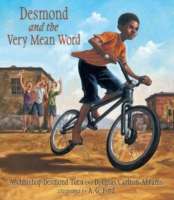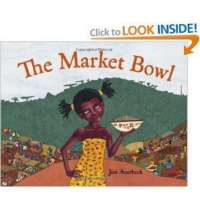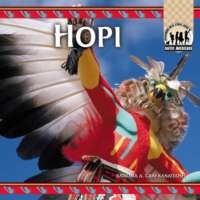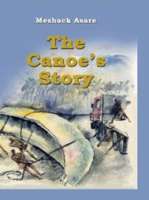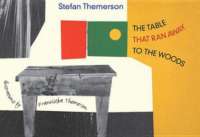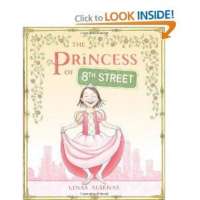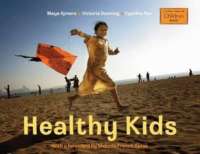
Healthy kids grow up strong, active, and ready to go!
Kids around the world stay healthy when they eat good food, have access to clean water, live in safe homes, and share a loving community. Beautiful photographs showcase the many ways kids can practice healthy habits, wherever they live.

